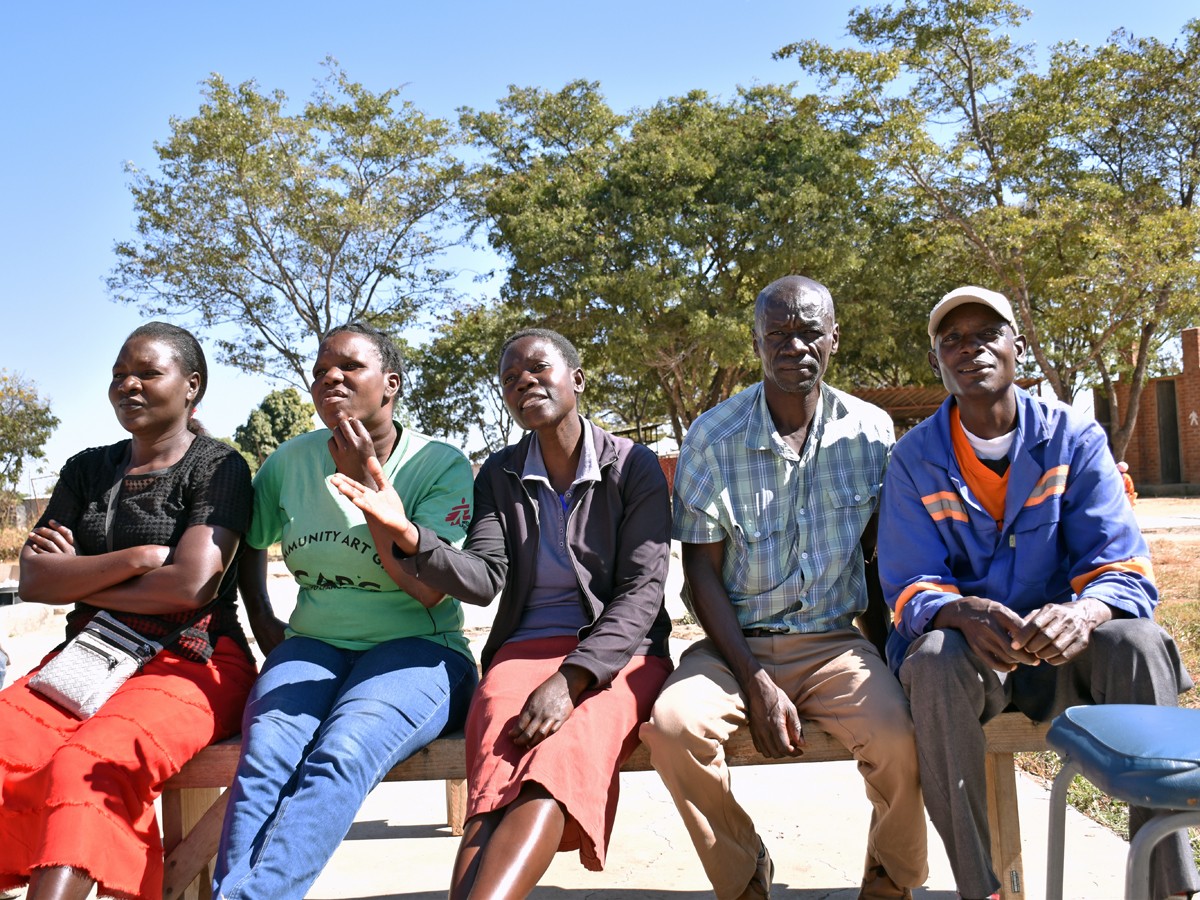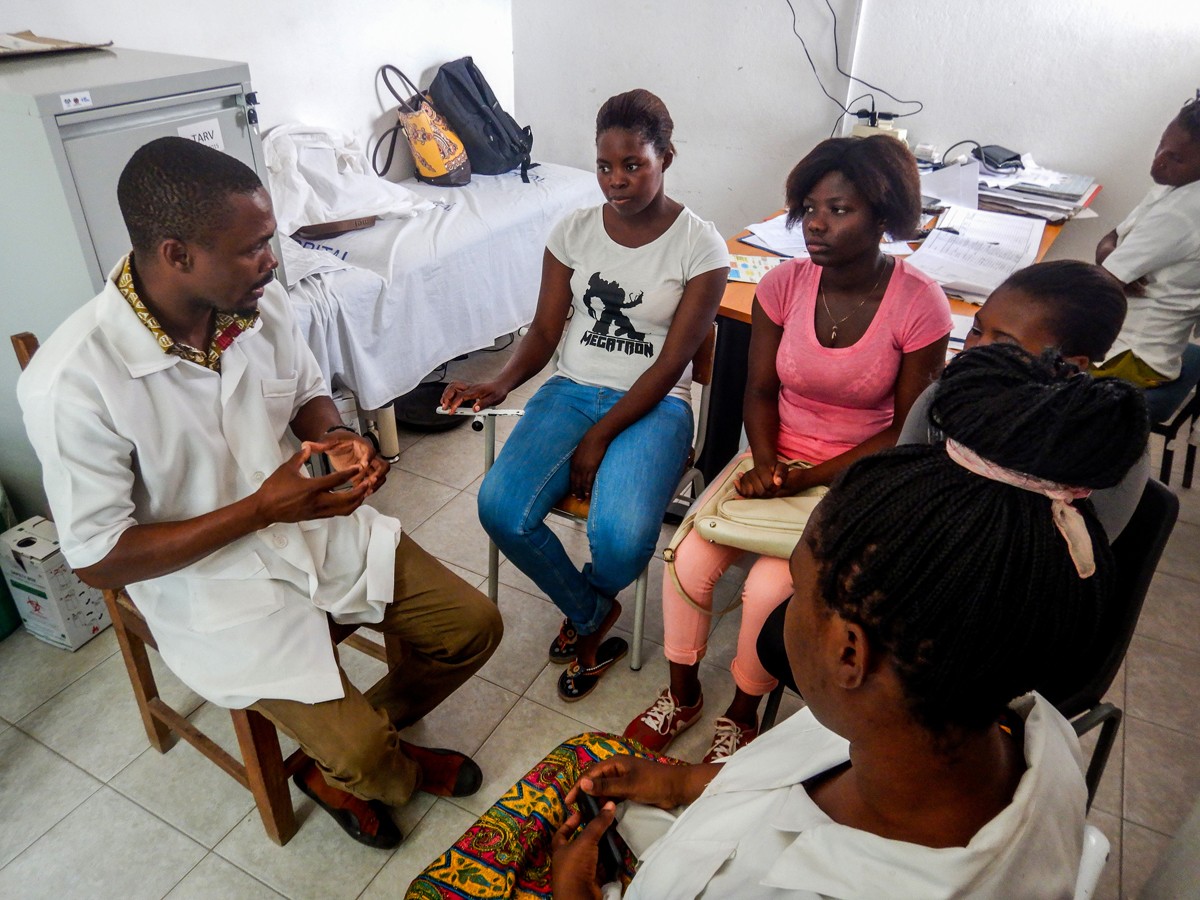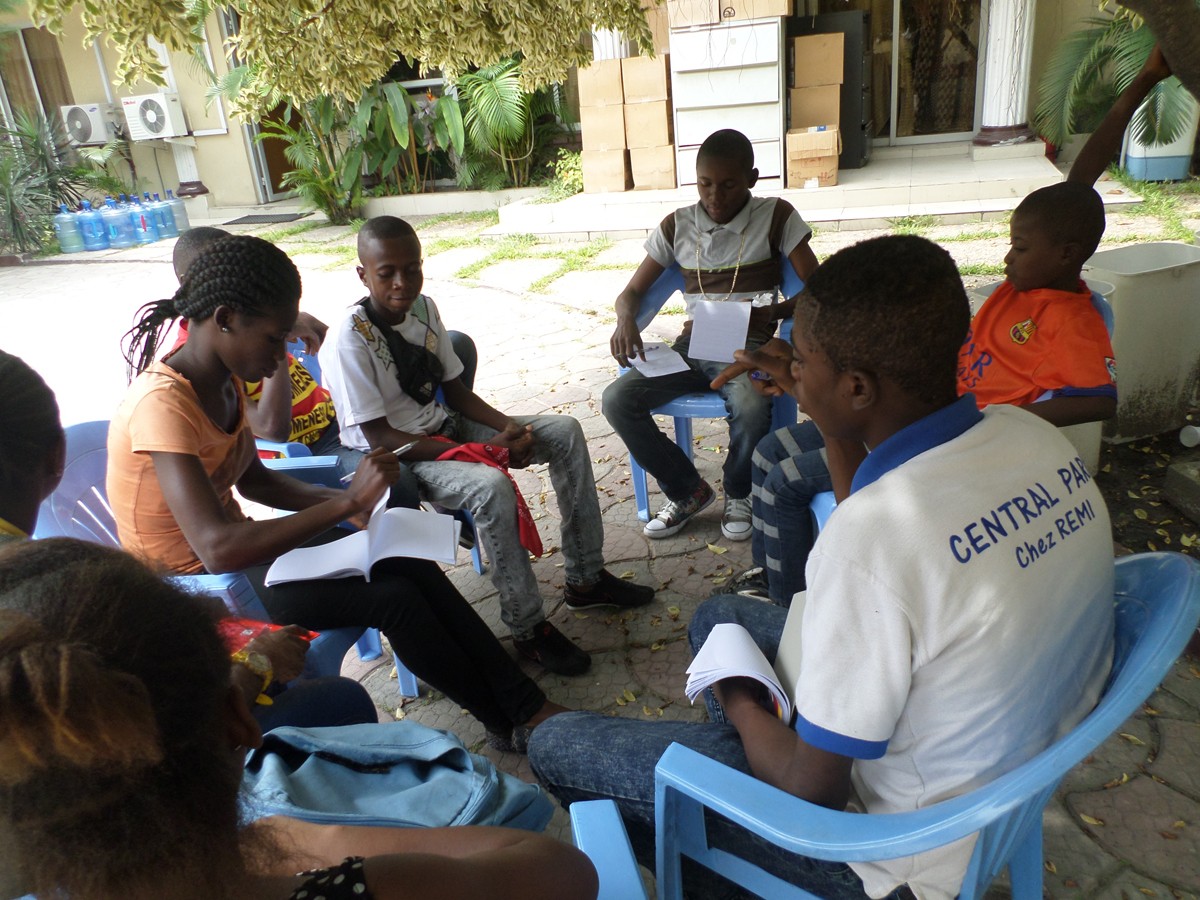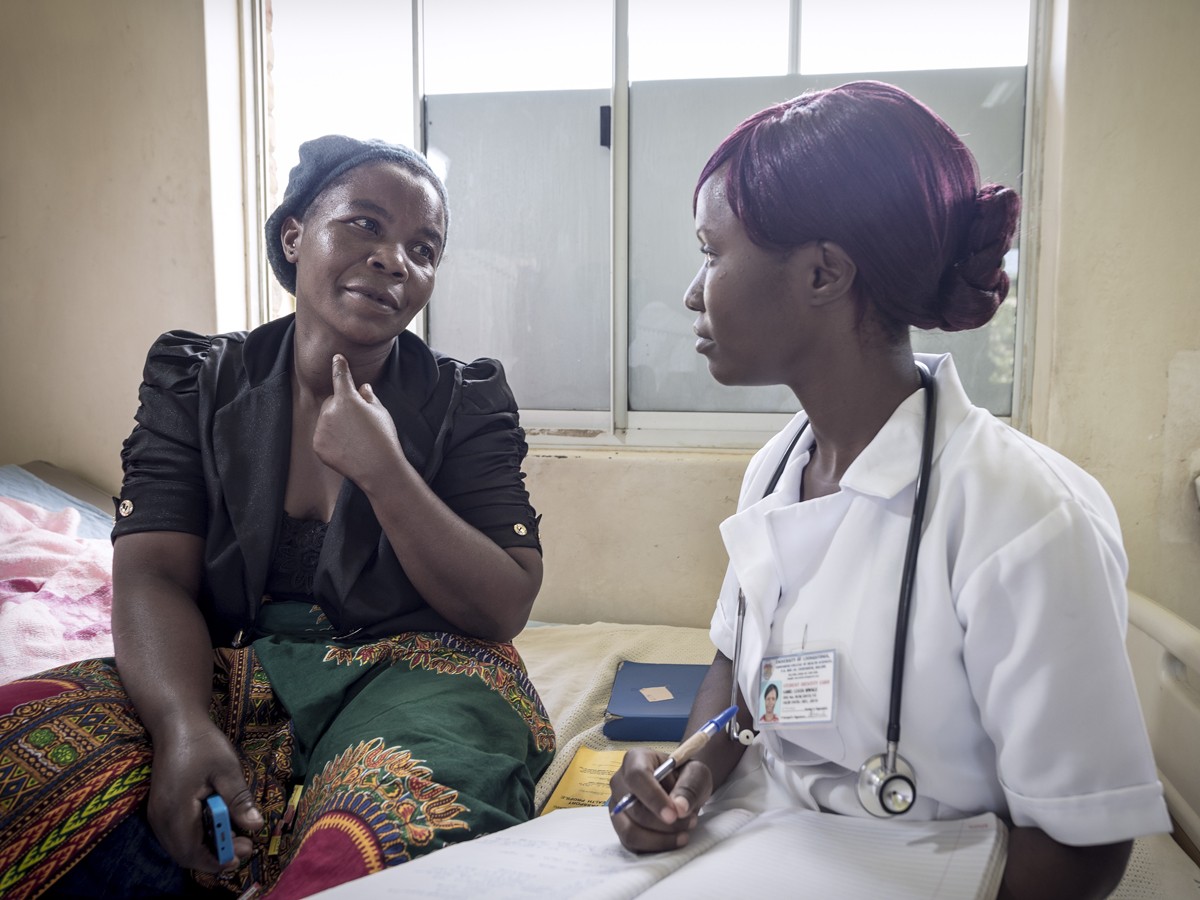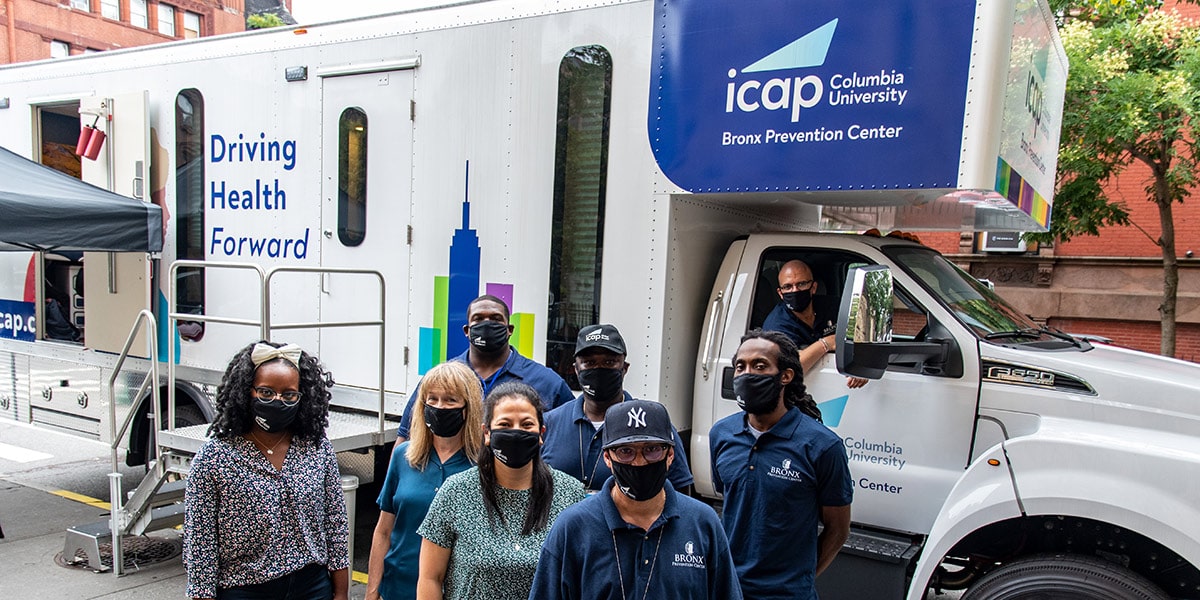Abstract:
Background: We describe tuberculosis (TB) disease among antiretroviral treatment (ART) eligible children living with HIV (CLHIV) in South Africa to highlight TB prevention opportunities.
Methods: In our secondary analysis among 0- to 12-year-old ART-eligible CLHIV in five Eastern Cape Province health facilities from 2012 to 2015, prevalent TB occurred 90 days before or after enrollment; incident TB occurred >90 days after enrollment. Characteristics associated with TB were assessed using logistic and Cox proportional hazards regression with generalized estimating equations.
Results: Of 397 enrolled children, 114 (28.7%) had prevalent TB. Higher-income proxy [adjusted odds ratio (aOR) 1.8 [95% confidence interval (CI) 1.3-2.6] for the highest, 1.6 (95% CI 1.6-1.7) for intermediate]; CD4+ cell count <350 cells/µl [aOR 1.6 (95% CI 1.1-2.2)]; and malnutrition [aOR 1.6 (95% CI 1.1-2.6)] were associated with prevalent TB. Incident TB was 5.2 per 100 person-years and was associated with delayed ART initiation [hazard ratio (HR) 4.7 (95% CI 2.3-9.4)], malnutrition [HR 1.8 (95% CI 1.1-2.7)] and absence of cotrimoxazole [HR 2.3 (95% CI 1.0-4.9)]. Among 362 children with data, 8.6% received TB preventive treatment.
Conclusions: Among these CLHIV, prevalent and incident TB were common. Early ART, cotrimoxazole and addressing malnutrition may prevent TB in these children.
Keywords: antiretroviral therapy; childhood tuberculosis; tuberculosis and HIV epidemiology; tuberculosis preventive therapy.
Authors:


